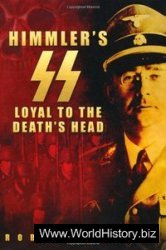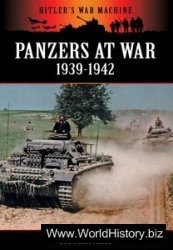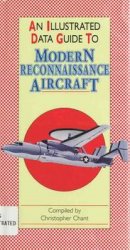The successes in the east enabled the Germans to move
back to the offensive in the west. The early trenches dug
in 1914 had by now become elaborate systems of defense.
Both lines of trenches were protected by barbed-wire
entanglements 3 to 5 feet high and 30 yards wide, concrete
machine-gun nests, and mortar batteries, supported
farther back by heavy artillery. Troops lived in holes in
the ground, separated from the enemy by a no-man’s land.
The unexpected development of trench warfare baffled
military leaders who had been trained to fight wars of
movement and maneuver. Taking advantage of the recent
American invention of the Caterpillar tractor, the
British introduced tanks on the Western Front in 1915,
but their effectiveness in breaking through enemy defenses
was not demonstrated. The only plan generals
could devise was to attempt a breakthrough by throwing
masses of men against enemy lines that had first been battered
by artillery barrages. Periodically, the high command
on either side would order an offensive that would
begin with an artillery barrage to flatten the enemy’s
barbed wire and leave the enemy in a state of shock. After
“softening up” the enemy in this fashion, a mass of soldiers
would climb out of their trenches with fixed bayonets
and hope to work their way toward the opposing
trenches. The attacks rarely worked, as the machine gun
put hordes of men advancing unprotected across open
fields at a severe disadvantage. In 1916 and 1917, millions
of young men were sacrificed in the search for the elusive
breakthrough. In ten months at Verdun, 700,000 men
lost their lives over a few miles of terrain.
Warfare in the trenches of the Western Front produced
unimaginable horrors. Battlefields were hellish landscapes
of barbed wire, shell holes, mud, and injured and dying
men. The introduction of poison gas in 1915 produced
new forms of injuries, but the first aerial battles were a
rare sideshow and gave no hint of the horrors to come
with air warfare in the future.
Soldiers in the trenches also lived with the persistent
presence of death. Since combat went on for months, soldiers
had to carry on in the midst of countless bodies of
dead men or the remains of men dismembered by artillery
barrages. Many soldiers remembered the stench of decomposing
bodies and the swarms of rats that grew fat in
the trenches.




 World History
World History









